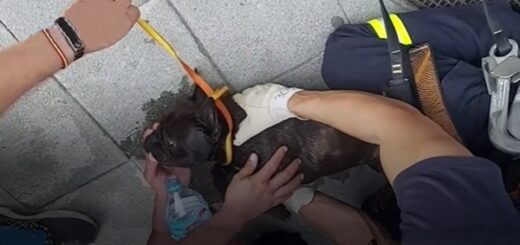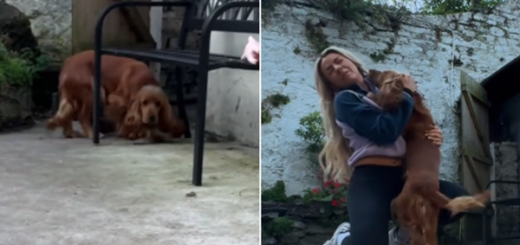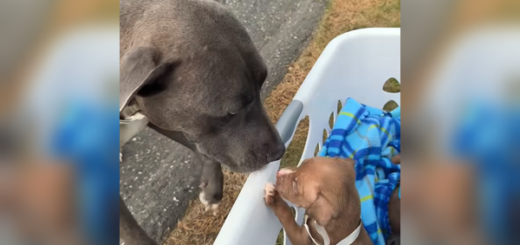6 Common Things Found In Homes And Yards That Can Be Potentially Poisonous To Dogs
The “Top Six List” of potential poisons in our homes
We love our pups like we love our kids. There are a few common household items that we need to make sure to keep out of our fur babies’ reach. That’s because some things can be poisonous to our beloved pups. The veterinarians determined the “Top Six List” of potential poisons in our homes and yards that were the most commonly reported. For some items, common sense might tell us that we need to keep them out of reach. However, others are more surprising.
The potentially dangerous items listed can vary in how toxic they are to pets. Some may be only mildly toxic while others may cause severe illness or even death. Also, the degree of toxicity often depends on several factors, such as the type of animal (cat, dog, or other species) that ingested the item; the amount ingested.
Many edible and non-edible dangers for your pet may exist in or around your home. Knowing about these dangers can help you make your home a safer place for your pet. Here are six common household items that can be poisonous to our dogs:
1. Some Common Plants

A lot of plants are completely fine for pets to munch on (not that it’s desirable). Others have the potential to do some serious damage. If you’re someone who has a lot of plants and flowers throughout your home, you definitely want to be in the know about what is not safe for your dog.
Some common plants that might be found in or around your house that can make dogs sick are daffodils, azaleas, mums, tulips, and peonies. Many of these flowers look beautiful on your tabletop, but if you have a dog who has the habit of climbing on things, definitely beware. Philodendron and aloe vera are two others that are known to be poisonous to dogs.
2. Dishwasher and Washer Pods

Our fur buddies would love a new squishy toy. Dishwasher and washer pods seem like the perfect thing to munch on! However, these items can be incredibly harmful to dogs! This one is a bit more obvious, but you’ll definitely want to make sure you keep these poisonous pods away from animals. In fact, that goes for little kids who love to chew, too.
3. Chocolate

Most people are aware that chocolate is harmful to dogs. But what people don’t know is that even a tiny bit of chocolate can be fatal. Methylxanthine, which is found in chocolate, can cause vomiting and diarrhea, panting, excessive thirst and urination, hyperactivity, abnormal heart rhythm, tremors, seizures, and possibly death. The darker, more bitter, and more concentrated the chocolate is, the more dangerous it is. So if you’re a chocolate lover, definitely hide your cookies and your chocolate bars from your dog.
4. Insecticides

Insecticides are extremely powerful poisons. After all, they’re meant to kill bugs. But they can also poison your dog. Especially when the warmer months hit, you might be tempted to leave your insecticides somewhere that you have easy access to, but you don’t want your dog getting into sprays and other products that can cause harm. Put them away after each use.
Likewise, if you have to use an insecticide inside your home, take your dog out on a long walk so he doesn’t go right to the area and lick it up. Open the windows so the smell can dissipate, too. Also, try to use the spray in places where your dog can’t get to, such as behind sofas or cabinets.
5. Alcohol

Some people think it’s fun to give their dog an occasional beer. But it’s really not as safe as you might think. Your dog won’t get a happy buzz, and it might make her sick. In fact, difficulty breathing is a pretty common reaction for dogs who drink booze.
6. Toothpaste

While it’s totally safe for human consumption, a chemical found in toothpaste can be deadly to dogs. They’d definitely love to get their jaws around a tube of toothpaste, but that’s one product that needs to stay out of reach. Toothpaste contains xylitol, which can lead to a sudden and significant drop in a dog’s blood sugar. That can be incredibly scary! This can lead to liver damage and death.
A good rule of thumb is to treat your dog just like a furry child.
Chances are, in a lot of ways, you already do. But make sure to keep anything with the potential to harm them somewhere where they can’t get their paws — and jaws — on it. If you think your pet has eaten something potentially dangerous, call your veterinarian.







